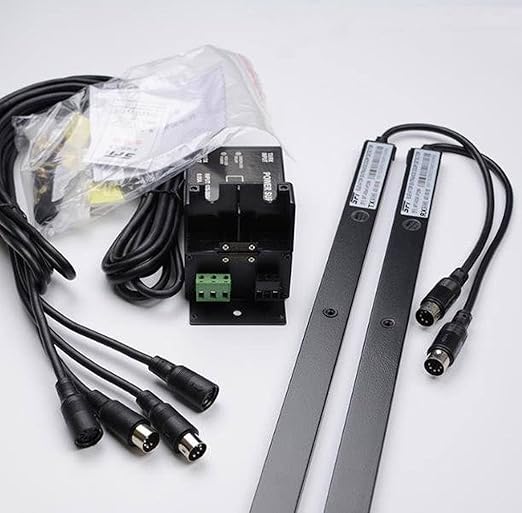Full-height Sensors & Door Crush

The answer is no, because nowadays there are lots of technological upgrades. Initially, elevator door manufacturers used a single point, but now it has become a full-height photo sensor. This sensor is more sophisticated and sensitive, enabling it to detect any sharp objects or body parts immediately. As a result, if the sensor detects any obstruction, it will promptly reopen the door, preventing any harm to you. On the other hand, there are door stoppers as well.
Typically, elevator doors pose minimal risk when operating normally. They’re equipped with an infrared sensor, called a light curtain, that detects obstructions and prevents the doors from closing. Additionally, a “closing force limit” restricts their power to a safe level (around 50 Newtons), ensuring they can’t cause serious injury. However, it’s important to note that older elevators might have less reliable safety features.
For optimal user safety, proper landing door function (opening, closing, and locking) is crucial. To prevent accidents, elevator doors utilize various anti-clamping devices like safety touch panels, infrared light curtains, and ultrasonic monitoring. Common causes of elevator door clamping incidents include excessive closing speed, damaged/missing safety devices, or passengers obstructing the doors with limbs or belongings.
You need to know what full-height sensors are.
A full-height elevator light curtain door sensor is a safety device designed to enhance elevator safety by detecting obstructions in the door’s path. Unlike traditional sensors that may only cover parts of the door, a full-height sensor spans the entire height of the door opening. Using infrared laser beams, it creates an invisible barrier along the length of the door to keep an eye on anything and anyone that could be hurt or trapped in the closing doors. These sensors play a critical role in preventing accidents such as door crush incidents, ensuring passenger safety, and complying with safety standards in modern building environments.
If you suspect a malfunction (like a non-responsive light curtain or touch panel), carefully shake the doors to trigger the sensor and potentially stop the closing action. This gentle shaking might cause the doors to reopen slowly, ensuring your safety.
Key Points to Remember: Always prioritize safety. Never force your way through closing doors and be aware of your surroundings while entering or exiting the elevator.
- Normally, the door should be safe: There are sensors in the middle of the door that automatically reopen the door if your limb is blocking it. Even if the sensor fails, the door closing force is weak (around 30 pounds) and shouldn’t cause serious injury, only a bruise. Additionally, a safety code prevents the elevator from moving if the door isn’t fully closed.
- Things get dangerous with multiple failures: In the very unlikely situation that both the sensor and the safety shut-off fail, the elevator might try to move while the door is still open. This part of the elevator is very strong and could cause serious injury.
- Don’t try to force the door: The sensors are only in the center, so if you stick your body out far (past the sensor area), you can still get hit even if the elevator is working properly.
- If these are not working immediately, call your service provider to check and replace the light curtain door sensor as soon as possible. To get a price idea or to place an place an order, click on red-colored words.
Overall, elevator doors are designed to be safe, but it’s important to be aware of these limitations and avoid putting yourself in a risky position.





